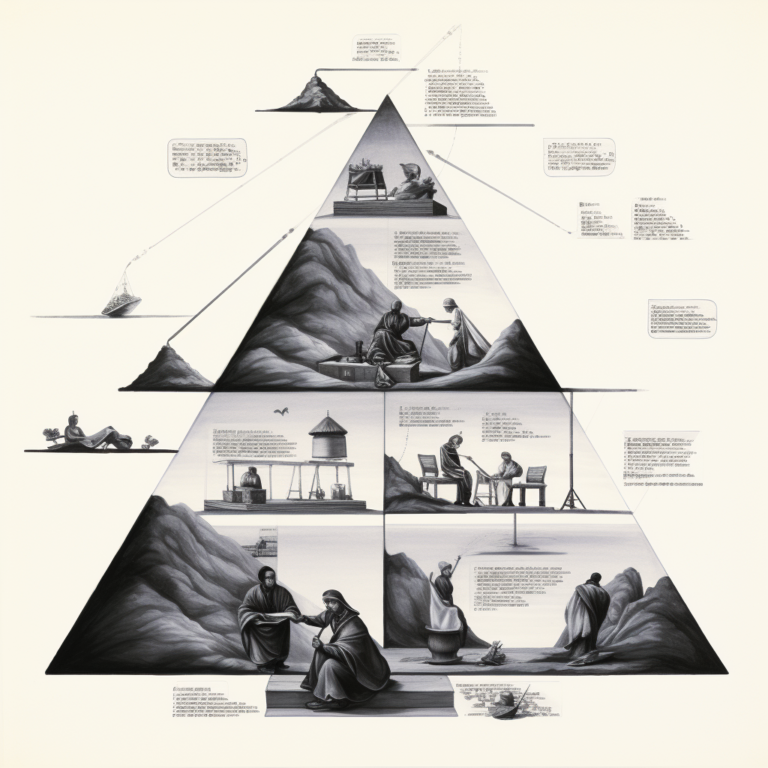
07 Dec Trust: By Design
Earlier in my career at the U.S. State Department, I made several diplomatic trips to Israel and the West Bank while working on the Israeli-Palestinian conflict. While there I had a chance to get to know one of our security officers appointed from the Israeli Defense Forces (IDF)–let’s call him Colonel Cohen. Remarking at how well structured and safe our security detail was, I asked about team building within the IDF. His answer has stuck with me. “Trust is the most crucial element of effective leadership,” he explained, “and therefore, of successful teams.”
He explained that the IDF is not about “command and control” (a common military phrase), but “command and accountability.” A leader is accountable for results or outcomes, but they cannot really control how said result or outcome is produced. Sure, they can put certain elements in place to create structure towards a result, but ultimately, their people and teams would need to figure it out on their own. This precise military system functioned ultimately on trust.
Yet how many of us are required to work with those we do not–or cannot–trust? Most of us would raise our hands. Indeed, many of the professional skills we know that we must master when moving into leadership positions are the negative dynamics or office politics associated with power and leading people. We know that trust is the basic glue of society, from economic markets to legal systems. We trust every restaurant we eat at not to poison our food. We trust drivers not to swerve into our lanes. Look at Maslow’s Hierarchy of Needs: safety needs, love and belongingness needs, even esteem needs are all built on trust. Yet have you ever worked for an organization that recognized people for being trustworthy? Likely not.
If we need trust as part of the social contract, we quite obviously need it to run successful teams, and successful businesses. Yet the question is not just how to build but how to make a business case for it too. What are the metrics we should use to measure–and deliver–trust?

“Trust is the most crucial element of effective leadership, and therefore, of successful teams.”
- Colonel Cohen
TRUST IS NOT A MAGIC SPELL

TRUST AS A PERFORMANCE METRIC
An ethical leadership award given out annually to recognize employees who exhibit strong ethical leadership and trustworthy behavior
Incentives for reporting unethical and/or illegal behavior to promote a culture of transparency and trust
Performance bonuses tied to ethics and integrity (directly tied to one’s performance evaluation)
Recognizing those who live up to the organization’s values and who exemplify those values in their day-to-day work through a variety of channels, such as peer nominations.


No Comments